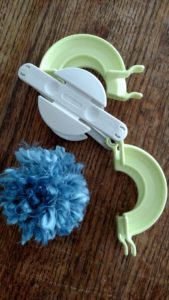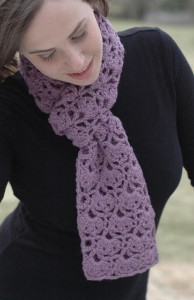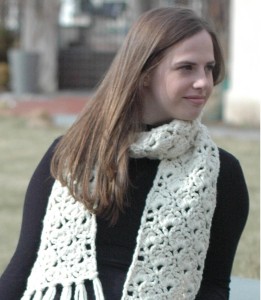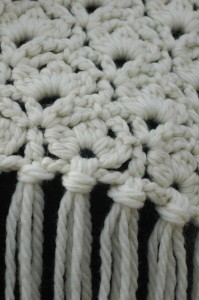 There are somethings that really take me by surprise. A really pleasant surprise is finding out that one of your designs has been chosen as one of the Top 50 Patterns of 2017 by I Like Crochet Magazine! That is one of the Best of 2017!
There are somethings that really take me by surprise. A really pleasant surprise is finding out that one of your designs has been chosen as one of the Top 50 Patterns of 2017 by I Like Crochet Magazine! That is one of the Best of 2017!
 Of the thousands of patterns and designs that come out every year, I Like Crochet Magazine felt that my Book Club Afghan was among the cream of the crop. It takes me back a bit.
Of the thousands of patterns and designs that come out every year, I Like Crochet Magazine felt that my Book Club Afghan was among the cream of the crop. It takes me back a bit.
Honestly, I am never sure how to assess my designs. I just make the idea that comes to me.
I have found over the years that the more I over think an idea, the less I really like it. So I try and keep things simple, and focus on the approach of what it takes to make the design. Maybe it is the fundamental crocheter in me, but my end thought really falls to if I enjoy making it.
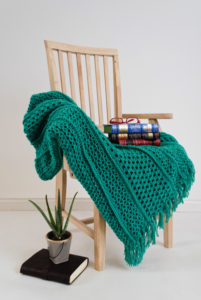 This is the practice that went into making the Book Club Afghan, just enough stitch change to keep things interesting, just enough repeat to keep the design something that you can relax doing. This is how the lacy panels are worked, in a lengthwise direction with solid stitches between them. The three styles of lace make just enough visual interest, and are just different enough from one another that it is a joy to work.
This is the practice that went into making the Book Club Afghan, just enough stitch change to keep things interesting, just enough repeat to keep the design something that you can relax doing. This is how the lacy panels are worked, in a lengthwise direction with solid stitches between them. The three styles of lace make just enough visual interest, and are just different enough from one another that it is a joy to work.
The fringe on this design I fell really helps it stand out, as it offers just a bit of a classic flair. Overall this design has always reminded me of a classic fisherman’s afghan with a modern update, something classic made more current.
I know that there are many fabulous designs accepted every year by the publication, and I am honored that one of mine was selected. I guess a truer statement might be that I am humbled.

